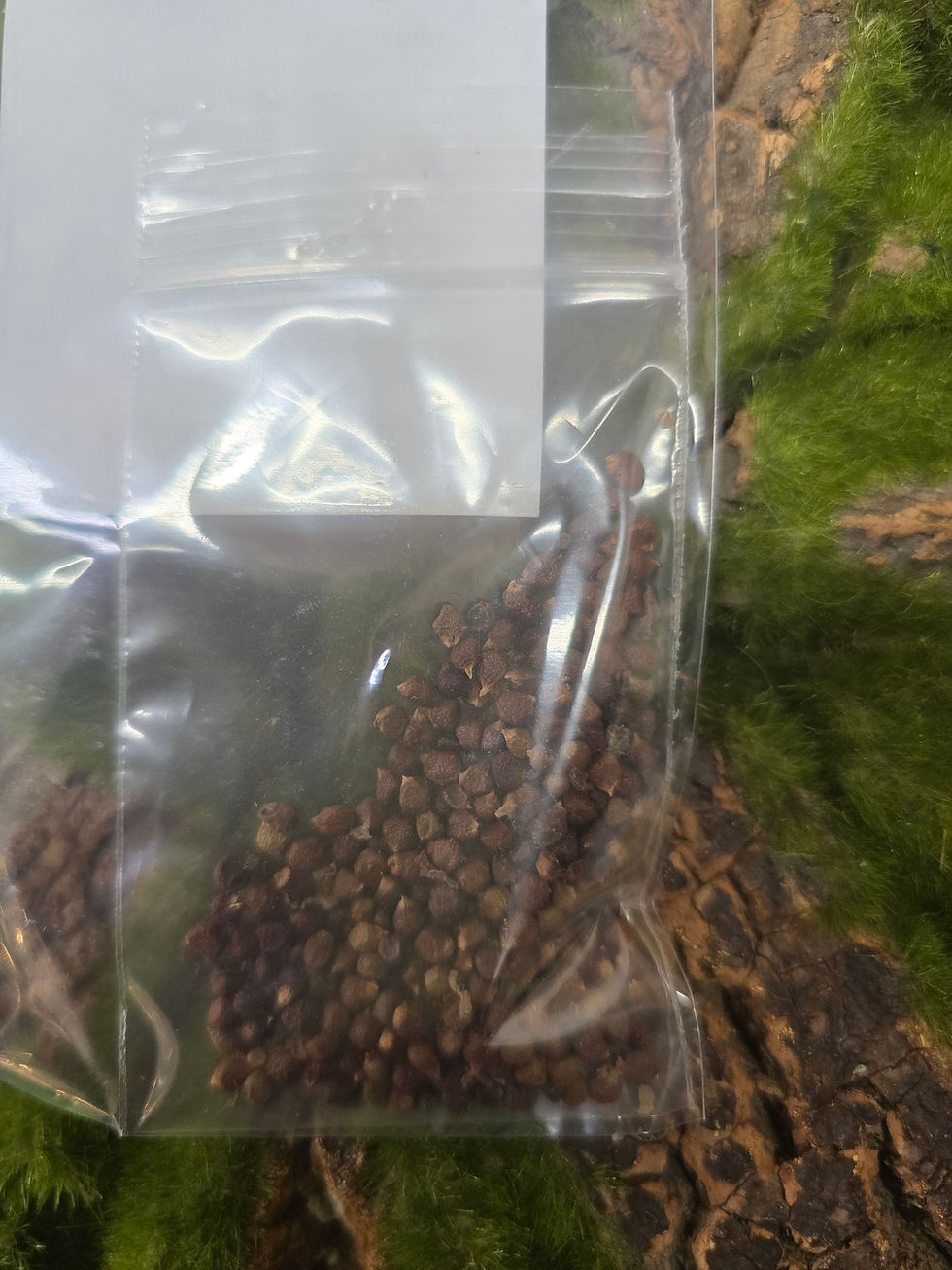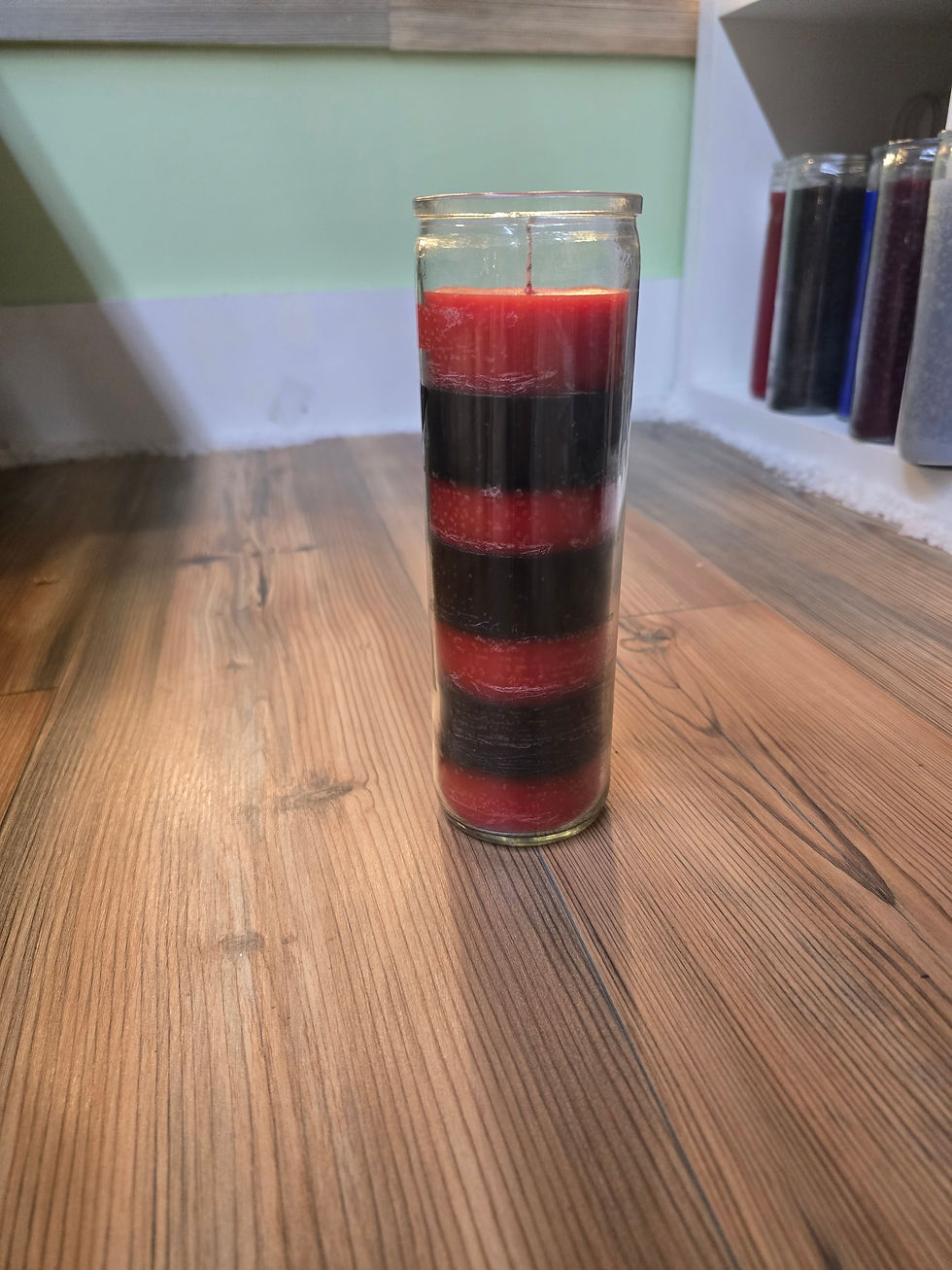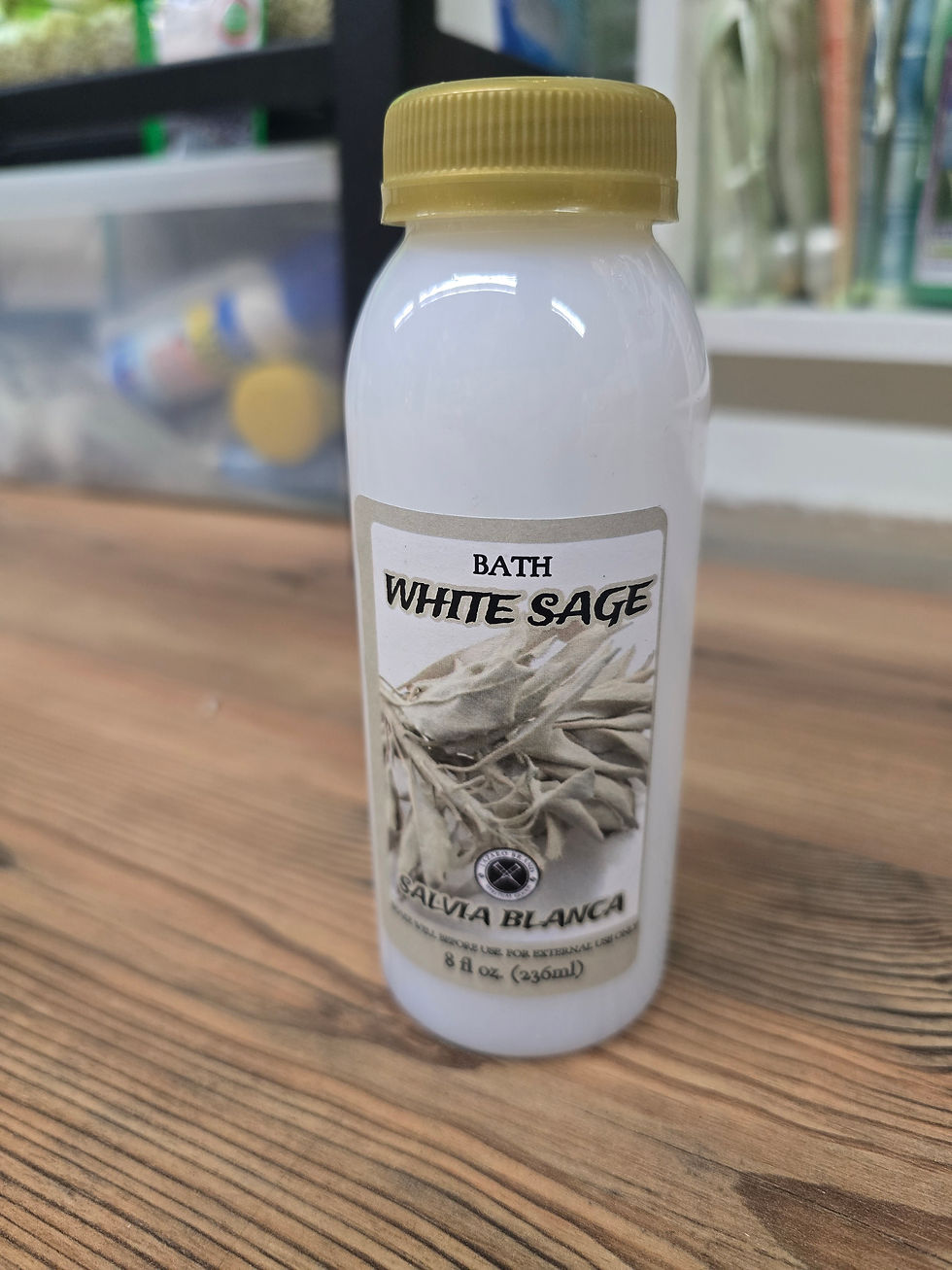The term "calabash" primarily refers to a gourd from certain types of plants, most commonly Lagenaria siceraria (the bottle gourd) or sometimes Crescentia cujete (the calabash tree). What makes the calabash so significant is that once its fruit is mature and dried, the hard, hollowed-out shell becomes incredibly versatile and has been used by humans for thousands of years across various cultures globally.
Here's a breakdown of the calabash:
What is it?
- Botanical Origin: It's the fruit of a vine (Lagenaria siceraria) or a tree (Crescentia cujete). The young fruit can be eaten as a vegetable, but it's the mature, dried shell that holds the most cultural and utilitarian significance.
- Physical Properties: When dried, the shell becomes lightweight, waterproof, and durable. Its natural shapes can be varied (round, bottle-shaped, elongated), making it adaptable for many uses.
Cultural and Spiritual Significance:
The calabash holds deep symbolic meaning in many traditions, particularly in African, Asian, and some Indigenous American cultures:
- Vessel of Wisdom and Life: In many African communities, it symbolizes nourishment, resilience, and the connection between nature and human creativity. It's seen as a container of wisdom, reflecting the cycle of existence.
- Unity and Community: In West African cultures, sharing food or drink from a communal calabash symbolizes unity, equality, and the breaking down of social barriers. It's often used in significant life events like births, weddings, and funerals.
- Protection and Healing:
- In Chinese Feng Shui, the calabash gourd (known as "wu lou") is a potent talisman believed to absorb negative energy (qi) and bring health, harmony, and prosperity. Its hourglass shape is thought to channel positive energy while trapping negativity.
- In some African traditions, it's considered sacred and said to have spiritual properties that protect and bring good luck.
- Folklore often depicts immortals or healers carrying medicine in calabashes, symbolizing healing powers.
- Fertility and Abundance: Its seed-filled interior and ability to sustain life link it to themes of fertility, procreation, and prosperity.
- Cosmological Symbolism: In Yoruba cosmology, the calabash shape can represent the entire universe, with its two halves symbolizing heaven and earth, and a mystical zone within that acts as a portal between worlds.
- Connection to Ancestors: It can act as a bridge between ancestors and the living, with rituals involving offerings poured from calabashes.
Practical and Utilitarian Uses:
Beyond its spiritual significance, the calabash has been incredibly practical:
- Containers and Utensils: One of its most common uses. Dried calabashes are used as bowls for food and drink, ladles, water carriers, storage for grains, cosmetics (like shea butter), and even money boxes.
- Musical Instruments: Its hollow shell makes it ideal for crafting various instruments, including rattles (like the Shekere), drums, lutes (like the Kora), flutes, xylophones, and resonators for instruments like the balafon.
- Art and Decoration: The shells are often carved, painted, etched, or inlaid with intricate designs, turning them into beautiful decorative objects, masks, or storytelling canvases.
- Clothing/Headwear: In some regions, smaller calabashes have been used as hats to protect from the sun or as parts of traditional attire.
- Birdhouses: A long tradition, particularly in Native American cultures, where dried gourds are used as birdhouses to attract pest-controlling birds like purple martins.
The calabash, with its rich history and diverse applications, truly embodies resilience, resourcefulness, and a profound connection between humanity and the natural world.


















